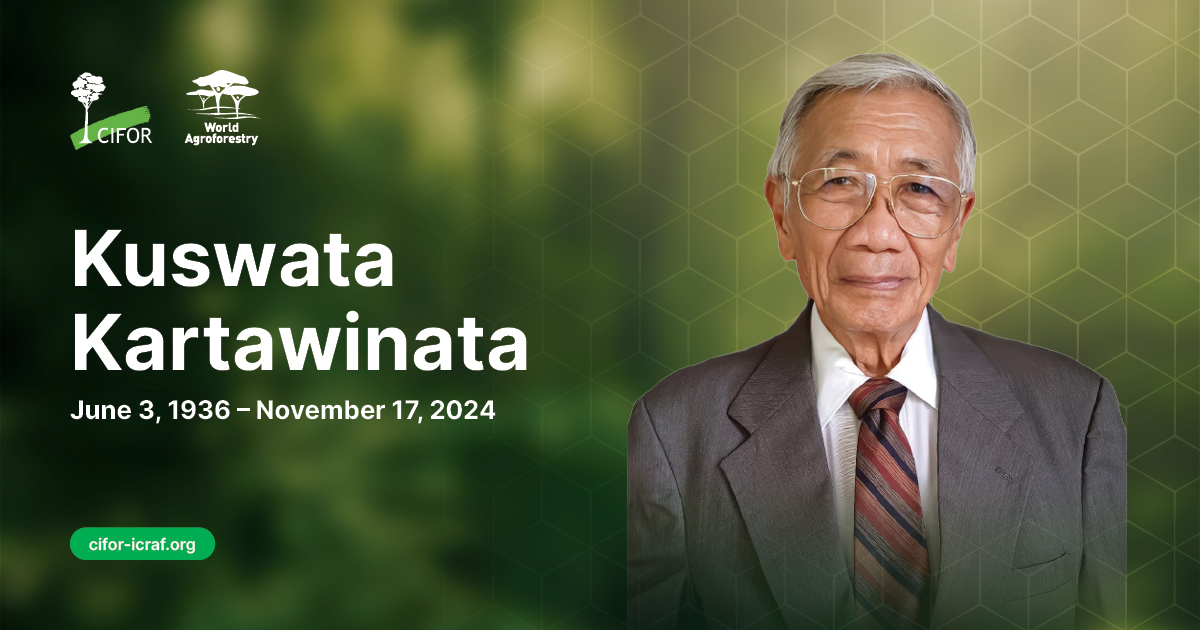In regional newspapers, all the articles mentioned REDD+ but did not discuss the topic deeply enough for an assessment of media frames and approaches. In the national newspapers, 26 articles discussed REDD+ more deeply. Most of them were optimistic about REDD+ (58%). While it is estimated that there are 41 REDD+ projects in the country, 74% of the articles were about international issues. The central themes of the articles were mostly related to politics or ecology and the main actors were environmental non governmental organizations. Approaches were almost equally distributed among co-benefits (26%), equity (26%), efficiency (21%) and effectiveness (16%) of REDD+. Although REDD+ was created with a view to climate change mitigation — where efficiency and effectiveness are the most relevant concerns — equity and co-benefits are the central themes in Peru. The rights of indigenous peoples, poverty reduction and biodiversity conservation appear as the most relevant topics in REDD coverage and as national priorities.
Download:
DOI:
https://doi.org/10.17528/cifor/005136Altmetric score:
Dimensions Citation Count:
Publication year
2014
Authors
Alvarez, J.P.; Montero, D.F.; Barrantes, E.B.; Takahashi, T.P.; Menton, M.
Language
English
Keywords
politics
Geographic
Peru
























